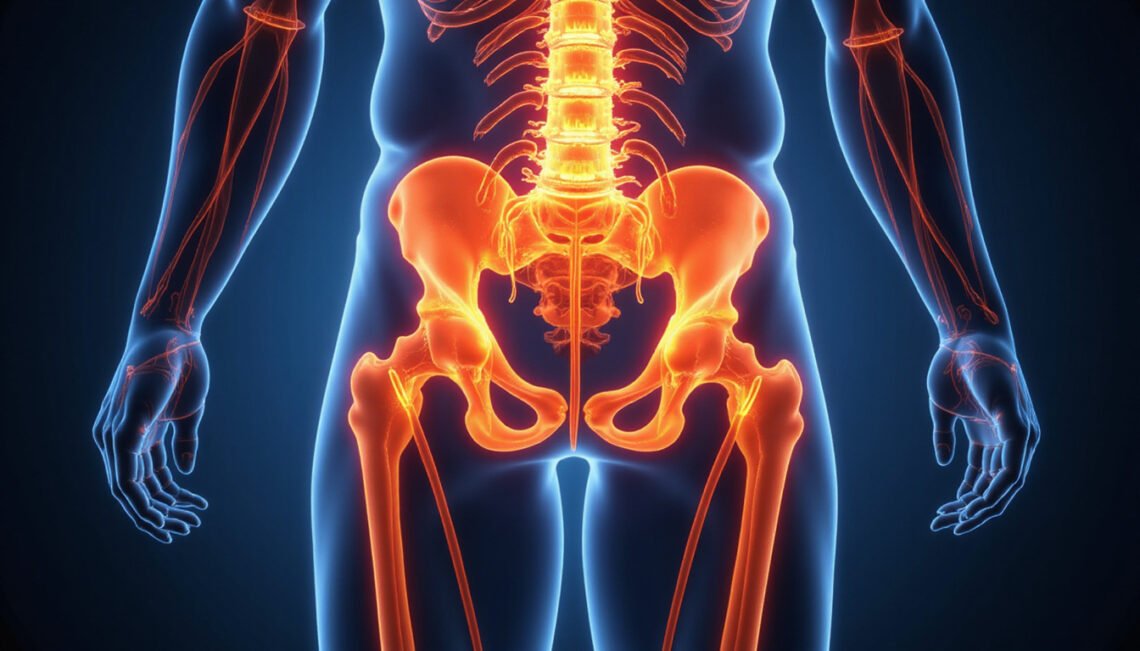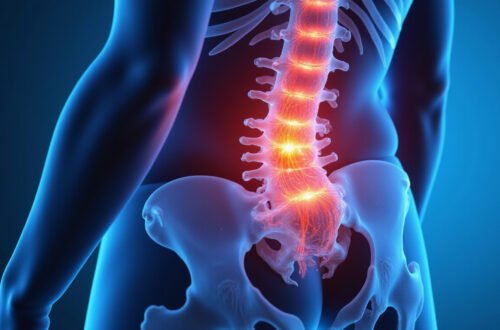Gluteal pain is a common complaint that can severely impact daily activities such as sitting, walking, or exercising. Whether it stems from injury, overuse, or an underlying medical condition, understanding the causes of gluteal pain is essential for effective treatment. In this article, we will explore the most common causes of persistent gluteal pain, discuss diagnostic methods, and provide proven treatment options to help alleviate discomfort and improve quality of life.
Understanding Gluteal Pain: What Is It?
Gluteal pain refers to discomfort or ache in the buttock region, which includes muscles, nerves, and connective tissues such as tendons and ligaments. The pain can vary in intensity—from a mild ache to sharp, debilitating sensations—and may be localized or radiate to other areas like the lower back or legs. The gluteal region is composed primarily of the gluteus maximus, medius, and minimus muscles, which play crucial roles in movement and stability.
Common Causes of Persistent Gluteal Pain
Persistent gluteal pain can arise from numerous sources. Identifying the root cause is the first step toward effective treatment.
1. Muscle Strain and Overuse
One of the most frequent causes of gluteal pain is muscle strain, often due to overuse or improper exercise techniques. Activities like running, cycling, or prolonged sitting can stress the gluteal muscles, leading to inflammation and pain.
2. Piriformis Syndrome
Piriformis syndrome occurs when the piriformis muscle, located deep in the buttock, compresses the sciatic nerve. This condition can cause radiating pain down the leg (sciatica-like symptoms) and persistent discomfort in the buttocks.
3. Sciatica
Sciatica arises from irritation or compression of the sciatic nerve roots in the lower spine. Although the origin is spinal, the pain can manifest intensely in the gluteal region and travel down the leg.
4. Bursitis
Inflammation of the bursae, small fluid-filled sacs that cushion the hip joints, can cause painful swelling in the buttock. Ischial bursitis, for example, results in pain near the sitting bones, especially during prolonged sitting.
5. Tendinopathy
Tendons connecting the gluteal muscles to bones can develop tendinopathy—a degeneration or inflammation—due to repetitive stress or aging, resulting in persistent ache and tenderness.
6. Other Medical Conditions
Certain underlying conditions such as arthritis, spinal disc herniation, or sacroiliac joint dysfunction can refer pain to the gluteal region. Less commonly, infections or tumors may cause gluteal pain but require prompt medical evaluation.
Diagnosing the Cause of Gluteal Pain
To pinpoint the cause, a healthcare provider will typically take a thorough history and perform a physical examination focusing on:
- Pain location and triggers
- Range of motion testing
- Neurological assessment (to check nerve involvement)
- Palpation to identify tender or tight muscles
Imaging tests such as MRI, X-rays, or ultrasound may be recommended to assess injuries, degenerative changes, or nerve compression.
Effective Treatments for Persistent Gluteal Pain
Treatment strategies depend on the diagnosis but often include a combination of conservative and interventional approaches.
1. Rest and Activity Modification
Avoiding aggravating activities can reduce muscle strain and inflammation. For many, a temporary reduction in physical activities that compress or overuse the gluteal muscles is crucial.
2. Physical Therapy and Exercise
Targeted physical therapy can improve strength, flexibility, and posture, addressing imbalances that contribute to ongoing pain. Common approaches include:
- Stretching exercises for the piriformis and hamstring muscles
- Strengthening of core and hip stabilizer muscles
- Postural corrections and ergonomic advice
Nonsteroidal anti-inflammatory drugs (NSAIDs) often provide relief from inflammation and pain. In some cases, muscle relaxants or corticosteroid injections might be prescribed for more severe symptoms.
3. Medications
Nonsteroidal anti-inflammatory drugs (NSAIDs) often provide relief from inflammation and pain. In some cases, muscle relaxants or corticosteroid injections might be prescribed for more severe symptoms.
4. Heat and Cold Therapy
Alternating heat and cold packs can decrease muscle tension and reduce inflammation, providing symptomatic relief for gluteal pain.
5. Alternative Therapies
Acupuncture, massage therapy, and chiropractic adjustments may offer additional benefit by promoting muscle relaxation and improving blood flow.
6. Surgical Options
Surgery is rarely needed but may be considered for cases such as nerve entrapment or severe bursitis not responsive to other treatments.
A Simple 5-Step Routine to Manage Gluteal Pain at Home
In addition to professional treatments, you can try this routine to help relieve persistent gluteal pain:
- Apply ice packs to the painful area for 15 minutes, 3 times daily, to reduce inflammation early on.
- Perform gentle piriformis stretches—lie on your back, cross the affected leg over the other, and pull the knee toward the opposite shoulder. Hold for 30 seconds and repeat 3 times.
- Strengthen hip muscles with bridges: lie flat, lift hips off the floor while squeezing glutes, hold 5 seconds, and repeat 10–15 times.
- Avoid prolonged sitting or use a cushion to reduce pressure on the buttocks.
- Maintain good posture whether standing, walking, or sitting to reduce strain on gluteal muscles and nerves.

Frequently Asked Questions About Gluteal Pain
What are the most common causes of gluteal pain?
Gluteal pain commonly results from muscle strains, piriformis syndrome, sciatica, bursitis, or tendinopathy. Proper diagnosis is key to identifying the specific cause.
How can I tell if my gluteal pain is nerve-related?
If your pain radiates down your leg, causes numbness or tingling, or worsens with certain movements, it may indicate nerve involvement such as sciatica or piriformis syndrome.
What are some effective home remedies for gluteal pain?
Rest, ice application, gentle stretching, strengthening exercises, and avoiding prolonged sitting can help manage gluteal pain. For persistent or severe pain, seek medical evaluation.
Conclusion: Take Control of Your Gluteal Pain Today
Persistent gluteal pain can disrupt your daily life, but understanding its causes and adopting effective treatments can lead to significant relief. By combining professional care with self-management techniques such as targeted exercises and ergonomic adjustments, you can reduce pain and restore function. If you experience ongoing discomfort or symptoms indicative of nerve involvement, consult a healthcare provider to receive an accurate diagnosis and personalized treatment plan. Don’t let gluteal pain hold you back—take the first step toward recovery today.
For more detailed guidance on musculoskeletal pain management, refer to resources like the American Academy of Orthopaedic Surgeons (AAOS) at orthoinfo.org, which offers comprehensive information on hip and buttock pain.





